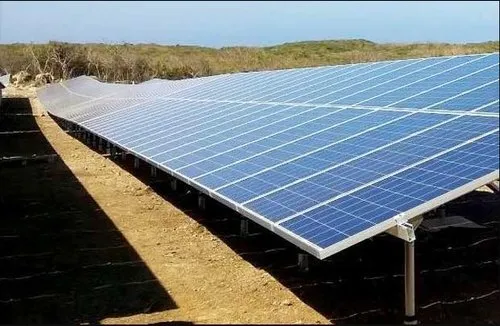Unistrut Roll Forming Machine
The construction methods for solar mounting structures vary based on the installation type, such as ground mounted, roof mounted, or floating solar systems. Roof mounted systems require secure attachments to the roof frame, while ground mounted structures use concrete foundations or driven piles for stability. Floating solar panels involve buoyant structures anchored to a water body. Each method incorporates corrosion resistant materials like galvanized steel or aluminum to enhance longevity and withstand harsh environmental conditions.
Roll Forming Systems for Energy
Selecting the correct solar steel panel mounting structure depends on factors like climate conditions, load requirements, and project scale. High quality steel structures with anti corrosion coatings enhance durability and resistance to environmental stress. Customization options, including tilt angles and tracking systems, optimize energy generation by maximizing sun exposure. Consulting with structural engineers and suppliers ensures the chosen mounting solution meets both efficiency and regulatory standards.
Forming Machines
Solar panels consist of multiple layers that contribute to their structural integrity and energy efficiency. These include tempered glass for protection, an encapsulant layer, photovoltaic cells, and a back sheet for insulation. A sturdy aluminum frame surrounds the panel, providing mechanical support and facilitating secure mounting. This layered composition enhances the durability and efficiency of solar panels, allowing them to withstand environmental factors such as hail, high winds, and temperature fluctuations.



You must be logged in to post a comment.